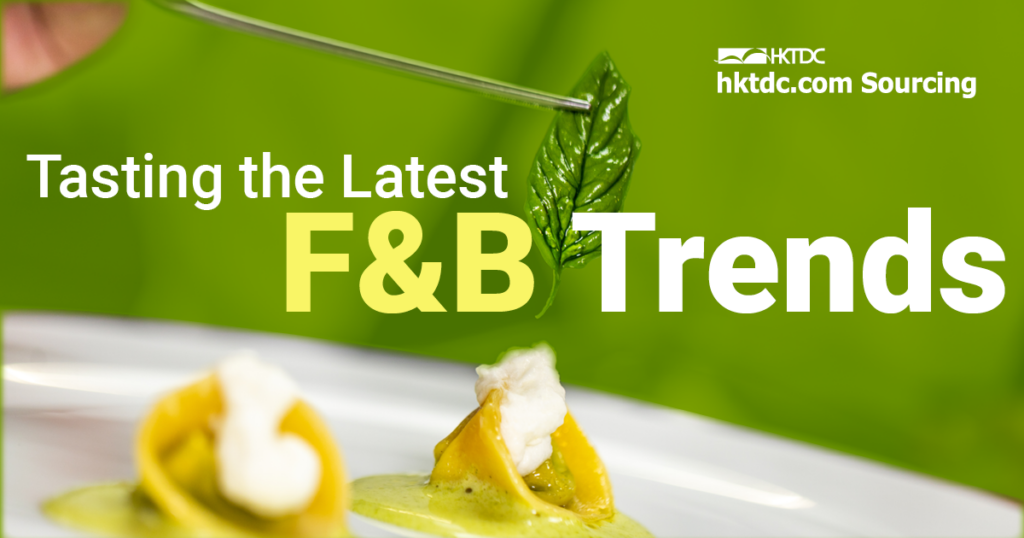The food and beverage industry worldwide has undergone significant changes in recent years driven by evolving consumer preferences and lifestyles. The growth of supermarkets, fast food stores, and theme restaurants has become an integral part of shopping and dining habits. Major supermarkets are being transformed into “superstore” outlets that offer one-stop-shop experiences, including take-away food services and specialty selections.
Moreover, leading food and beverage retailers are expanding their product lines and upgrading their store environments to cater to the growing demand for premium food and beverage options. This focus on retail expansion in the upper-end sector is a notable trend that presents opportunities for businesses looking to enter the F&B market or expand their presence.
It may interest you that changing global F&B trends in fact impact on the B2B sourcing landscape as well. We will explain why in this article.
1. More Health- & Wellness-Focused
One significant change post-pandemic is the prominent focus on human health, beyond illness prevention but rather on a more nutritious and balanced diet. People are increasingly concerned about their wellness and are seeking out healthier alternatives like high-fibre biscuits and low-sugar drinks, instead of traditional snacks and beverages. Organic food is gaining traction, with consumers looking for natural farming methods without synthetic pesticides or chemical fertilizers.

2. Sustainability is Key
With growing market concerns on environmental impact, companies are adopting eco-friendly packaging and production methods, reducing food waste, and adopting renewable energy sources. This trend is particularly pronounced among younger consumers who prioritize the environmental impact of their food choices.
3. Embrace Food Tech
To enhance production processes and supply chain management, automation and robotics are used to enable faster and more efficient production, while data analytics have improved decision-making across the entire supply chain. Likewise, to ensure that food remains fresh during delivery, cold-chain logistics capabilities have been developed to maintain the proper temperature of perishable items.
Advanced technologies also empower detailed food labelling and tracking with information about common allergens like peanuts, gluten, soybean, eggs, and milk, helping consumers identify and select the right foods.
4. Rise of Food e-Commerce
The rise of online grocery shopping during the pandemic continues today. In response to this trend, many food and drink brands have established flagship online stores on major digital shopping platforms to tap into this growing market. This has led to a surge in demand for personalized and on-demand products, as well as new packaging and distribution methods to meet the needs of online shoppers.
Explore Food Fabs with Us
It is essential for companies to stay at the forefront of food innovation to remain competitive in the marketplace.
In this regard, our e-Marketplace provides buyers a comprehensive platform to access business opportunities in the F&B industry. You can source high-quality food and drinks from trusted suppliers and manufacturers globally, and connect with them anytime and anywhere. Start by clicking through below:
The HKTDC Food Expo PRO, organized by the Hong Kong Trade Development Council (HKTDC), is set to showcase a diverse range of food and beverage products from August 17 to 19, 2023. Riding on the past success of Food Expo Trade Hall, the Food Expo PRO will provide a one-stop professional business platform to help F&B industry players build connections.
Pre-register via below banner:
Subscribe to NewsBites and stay updated on the latest business trends and news.





















